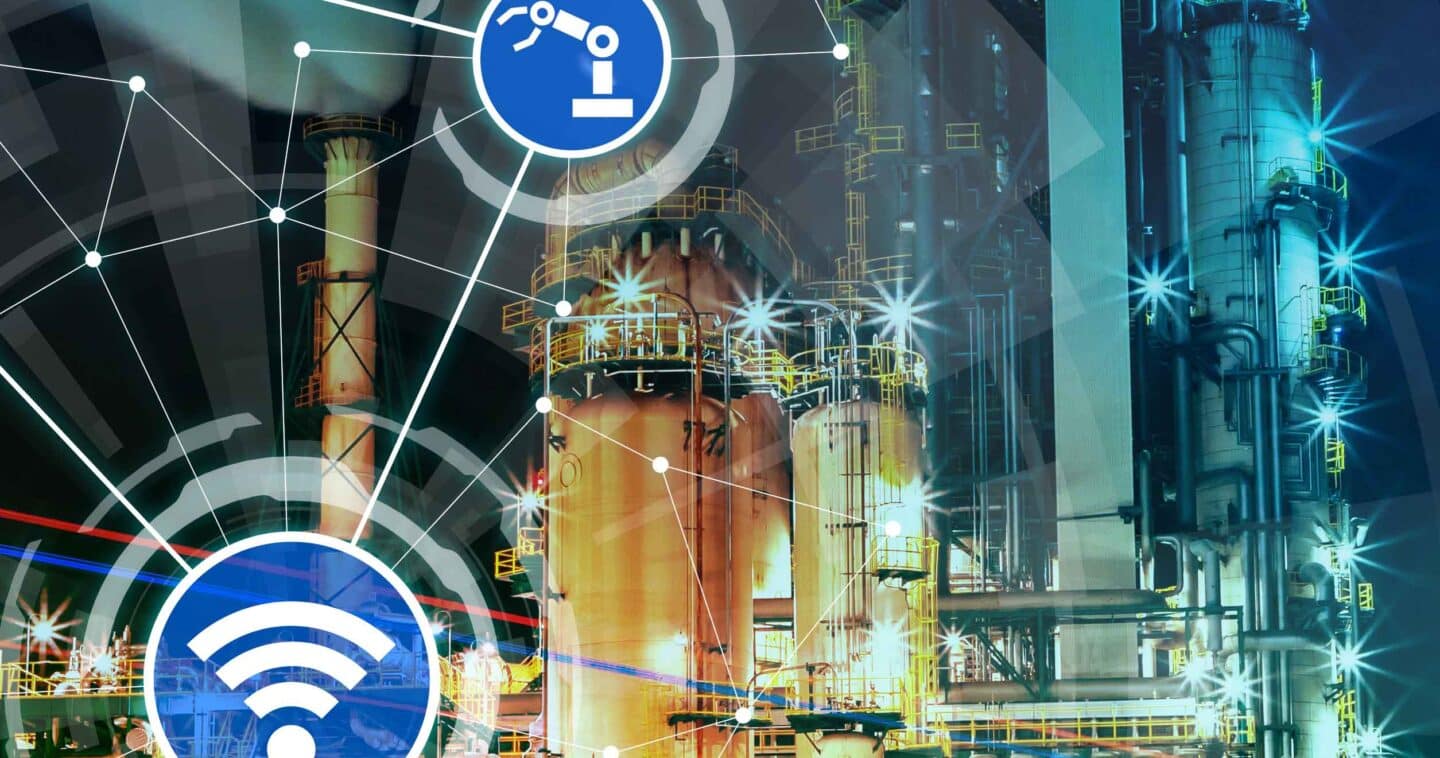Western Digital Honored in IoT Innovator Awards
IoT Innovator, a publication dedicated to the Internet of Things market, has unveiled the winners of its 2017 IoT Innovator Awards. The IoT Innovator Awards honor the best of Internet of Things businesses and products across the globe. We are honored to report Western Digital has been recognized as a bronze award winner in the Best IoT Hardware – Commercial and Industrial category.
The IoT market, projected to reach $267 billion by 2020 by BCG, will soon be touching virtually every part of our daily lives with all of the connected devices we rely on. Western Digital is at a vantage point to understand and cater to the different data types and use cases in the IoT ecosystem and is creating environments for data to thrive. It’s not just our personal use of devices, but the plethora of devices that power entire industries behind the scene.
Our recognition in the Industrial IoT (IIoT) segment is significant because there is an abundance of data driving today’s industrial applications. From manufacturing plants to smart warehouses to agricultural farms, there is a need to capture, access, aggregate, transform, preserve and analyze data collected by sensors, gateways and smart devices monitoring the real world and creating a digital version of it.
The Rise of IIoT
Consider the use case of a retail shop in a “smart” building. On the back-end, in the warehouse, IIoT is used for inventory management, package tracking, floor access management and more. Sensors track packages, smart devices read bar codes, robots automate processes in the supply chain and smart video maintains access control. On the storefront of the retail establishment, digital signage is loaded with content-rich data that rotates advertisements with advice and points consumers to products. Point of sale devices record transactions and act as an interface for customers to see their purchase and make personalized recommendations based on purchase histories. Surveillance cameras, equipped with smart video doesn’t just capture footage for theft prevention, but also provide intelligence on the number of customers walking in and their in-store buying and viewing habits.
Similarly in agricultural farms, drones and sensors are constantly collecting data on ground conditions, humidity, temperature, sun exposure, growth yield and more to track patterns to determine how increase the efficiency of the farm by automatically applying more fertilizer, water, exposure to light, and heat that are needed for optimal growth. Automated tractors and drones work unsupervised for hours or days and rely on accurate data and precise analytics both to do their job and remain intact.
Accenture estimates the Industrial Internet of Things (IIoT) could add $14.2 trillion to the global economy by 2030. New ways of managing the supply chain in IIoT are reshaping industries, but there are some challenges to managing all of this data.
The Importance of the Edge and Gateways in IIoT
With so many new connections, devices cannot always rely on the network. For one thing, there are so many devices collecting huge volumes of data! Factories are projected to generate 1 PB of data each day. Smart buildings another 250 GB per day. Smart utility metering systems may generate more than 3 exabytes worth of data per year.
For IIoT applications to deliver valuable insights, a lot of the analytics need to happen in real-time. Thus storing data at the edge is critical for IIoT to thrive. We touched on this in a previous blog: you can’t perform real-time analytics on cloud-based data. By the time it gets into the cloud, the data is historical. If a sensor in a factory detects an out-of-bounds condition on a shop-floor device, real-time information is critical for a timely response.
The other reality of industrial applications is that in these environments, machines are not always connected. In order to connect devices at the edge with other systems, lots of gateways are required for connectivity. Each gateway serves as an aggregation point where data is stored and potentially analyzed. In a warehouse, this might mean transporting data from smaller sensors through a local area network (LAN) to a gateway where it is aggregated and analyzed to provide an actionable insight. The digest of these analytics can then be transmitted to the cloud to further train the AI models or for archiving purposes.
Industrial-Grade Solutions to Meet the Needs of the IIoT and Commerical Markets
The IoT Innovator award comes on the heels of our recently announced enhanced SanDisk® Industrial card storage solutions, optimized to meet the demands of intensive IIoT applications.
The new SanDisk Industrial SD and microSD cards, and SanDisk Industrial Extended Temperature SD cards (for trusted performance under extreme temperature conditions of -40°C to 85°C) are built with the high endurance and reliability that is paramount in the industrial and commercial industries, enabling them to consistently manage the challenging workloads of IIoT, commercial surveillance, medical and other intensive “connected” applications over extended periods of time.
We continue to innovate to create the environments for data to thrive.
Forward-Looking Statements
Certain blog and other posts on this website may contain forward-looking statements, including statements relating to expectations for our product portfolio, the market for our products, product development efforts, and the capacities, capabilities and applications of our products. These forward-looking statements are subject to risks and uncertainties that could cause actual results to differ materially from those expressed in the forward-looking statements, including development challenges or delays, supply chain and logistics issues, changes in markets, demand, global economic conditions and other risks and uncertainties listed in Western Digital Corporation’s most recent quarterly and annual reports filed with the Securities and Exchange Commission, to which your attention is directed. Readers are cautioned not to place undue reliance on these forward-looking statements and we undertake no obligation to update these forward-looking statements to reflect subsequent events or circumstances.





